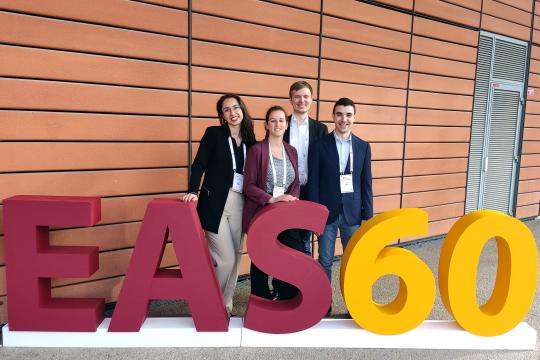Producing proteins better than the pros

Congratulations, Laura & Akseli!
Your article in Scientific Reports (https://doi.org/10.1038/s41598-024-77104-3) is a solid piece of work that has not only relevance for cardiovascular diseases but also for the work that we are doing on lipedema/lipoedema (and therefore, potentially even for lymphedema, which has been the main focus of our research in the past). There are astonishing similarities between coronary artery disease and lipedema, because both can be regarded as lipid storage disorders.
And thanks to Khushbu and Betül for helping Laura produce and purify such a high-quality LCAT protein that worked better than the protein preps that are commercially available! Perhaps much of the secret was the high expression levels that we could reach compared to other systems. For the first time, we tried out HEK293T cells with a custom CHO vector (pCHOKE-B-LCAT-H6), and it worked surprisingly well. pCHOKE-B was assembled from scratch and we incorporated several advancements made over the years compared to regular CHO expression vectors. The vector contains
- A single promoter that drives both the expression of the resistance gene and the gene of interest.
- Dedicated genetic elements flanking the transcriptional unit to prevent downregulation of protein expression.
- A double selection system that offers the classical dhfr selection and gene amplification in addition to antibiotic selection.
- A SV40 origin to enable limited replication in 293T cells for "off-label" use.
Even though the pCHOKE-B vector works well compared to traditional mammalian expression vectors, we have continued to improve it and probably have recently reached the holy grail of CHO expression: levels that I have so far only seen from big CMOs like Lonza, but not from academic labs. We plan to report the development of the vector in a separate manuscript. I think this paper was sold under price, but we'll see what the scientific community thinks. Scientific Reports' impact factor was 3.8 in 2023. If the paper gathers 4 or more citations over the next 2 years, it was technically sold under price.



